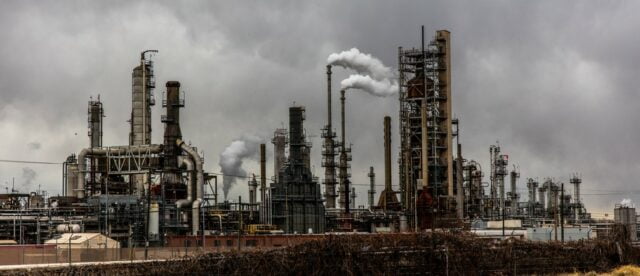We all remember the ghastly and gruesome incident that happened 37 years back. The same incident that left thousands of inhabitants of a city struggling for their breath, killed more than 16,000 people and made life miserable for generations to come.
I believe you’ve already understood what incident I am suggesting, however, for those who don’t, I am talking about the infamous Bhopal Gas Tragedy. The Bhopal Gas Tragedy has been anything but ignorance and negligence. Why would I say that? I would say such a thing because it was nothing short of a pre-planned mass murder.
The regulations regarding industry establishment, including those that dealt with dangerous and life-threatening chemicals, weren’t strict enough to mitigate an incident, let alone deal with something of such kind. Why did that happen?
Because people with deep pockets and people making the laws never got to think that the gas from the Union Carbide plant could leak and put the entire city at a risk that could last hundreds of years.
However, it happened regardless.

Bhopal Gas Tragedy
The MIC-related regulations that were working back then, in 1984, were safety measures that were malfunctioning to their best. The lines and valves were faulty, leaking, and to sum it up, they were in poor condition. The boilers, despite requiring high maintenance, were not cleaned and the vent gas scrubbers were out of service.
Ultimately, this led to the explosion of one of the boilers and caused the gas to leak, killing thousands and injuring about 5.5 lakh people.
One of the basic things that missed the attention of people when the Union Carbide plant was set up was that it was in a residential area. The death machine was operating in daylight, in a densely populated area. And one of the major reasons behind the increased number of casualties was the location of the plant.
Over and above it, the plant was running without any safety measures and no precautions of any form were taken.
Read Also: This Japanese Practice Lets You Soak In The Environment To Reduce Stress
The Environmental Impact Assessment (EIA) Regulations
The EIA Regulations in 2006 state that the projects bearing the risk of toxicity are not to operate within a 10 KM radius of protected and eco-sensitive areas. Though these norms don’t sound too great, the draft EIA Rules of 2020 have substantially reduced the distances to 0 KM to 5 KM from the protected areas and eco-sensitive areas.
Thereafter, one of the major changes set to be brought by the EIA Regulations, 2020 is to add more projects to the B2 category that doesn’t require EIA. This makes these projects incapable of being considered for stakeholders’ participation.
Another thing is that the EIA’s can also be avoided by declaring that the projects are strategic in nature and this declaration can be done by the central government. However, anything can be termed as ‘strategic’ because the draft rules give no definition of the same.
And if I may, one of the biggest loopholes in the 2020 draft EIA regulations is that it allows post-facto approvals, meaning that the projects can be started without safety norms and environmental clearances, and if violations occur, the same can be paid off in the form of a fine.
Environment Clearance is a sacrosanct and publicly important procedure that ensures that if an industry is working underhandedly and flouting safety operations, it is put on the map and shut down so it doesn’t pose a threat for the city where it is operating.
However, it seems that the draft EIA rules of 2020 aren’t making it better in terms of public safety. Rather, they are reducing industrial compliances, allowing them to make a mockery of law and finally, repeat the same things again and again that lead to thousands of people dying of breathlessness.
Image Source: Google Images
Sources: Down To Earth, The Week, The Hindu BusinessLine
Find the Blogger At: @innocentlysane
This post is tagged under: EIA, EIA 2020, bhopal, bhopal gas tragedy, environmental assessment impact, environment assessment, environment clearance, climate, nature, human negligence, carelessness, digging our own graves